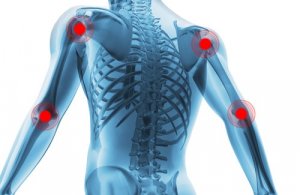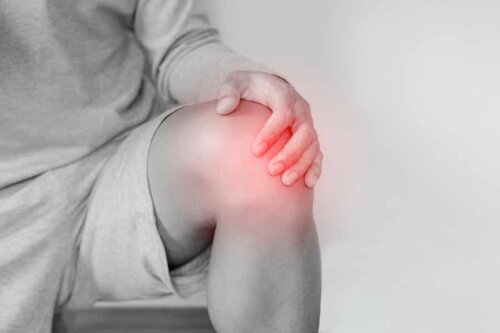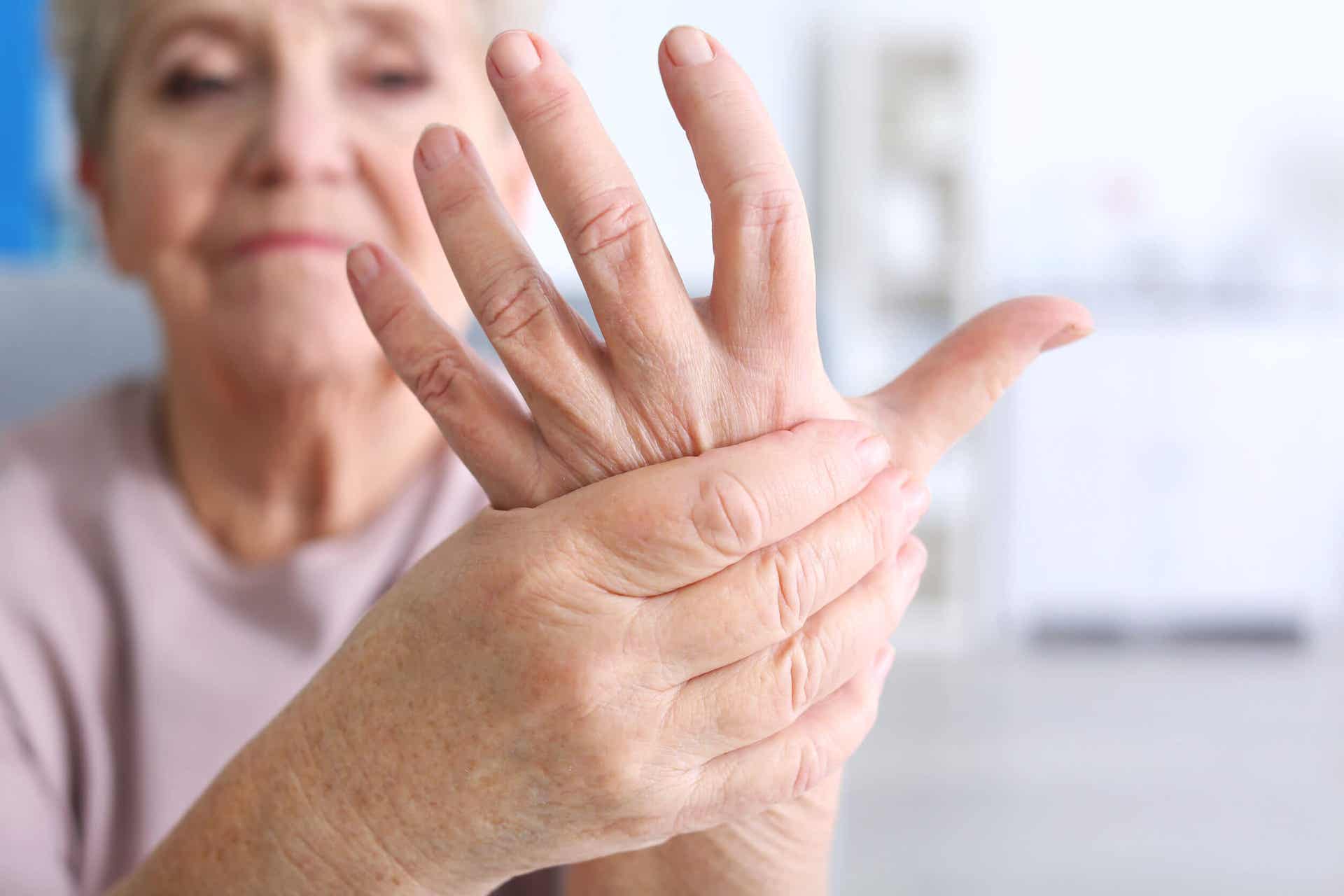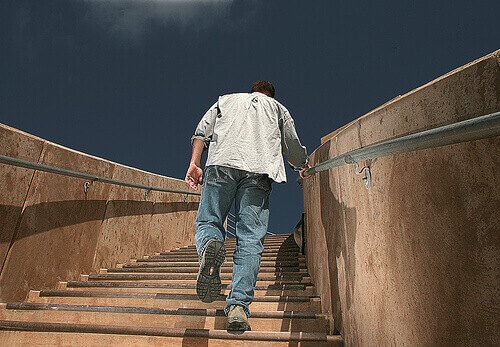How to Treat Joint Wear and Tear

Joint wear and tear is a common problem, but that doesn’t mean you should pay any less attention to it. Ignoring joint wear and tear could lead to arthritis or osteoarthritis, which is why today we’re showing you the best way to treat it!
If you start feeling pain in your knees or wrists, you should consult with a specialist as soon as possible. It’s very important to make sure you start prevention and treatment early.
Early treatment is necessary in cases of joint wear and tear because it can cause arthritis and osteoarthritis, which results in a lot of pain and problems for those who suffer from it. So take a look to learn a bit more about joint wear and tear.
What causes joint wear and tear?
There are multiple reasons why someone might start to suffer from problems in their joints. The most common are:
- Age: As years go by, the joints can start to wear down, and the longer you wait, the harder it is to treat this problem, because joint wear is a chronic condition.
- Genetics: According to several studies, women who suffer from osteoarthritis in their hands have a hereditary gene that causes this problem. About 10% of people who have osteoarthritis also have a family history of osteoarthritis.
- Weight: Obesity can cause stress in certain joints, such as the knees and hips, since all of the weight of the body rests on the extremities when standing up.
- Physical activity: Carrying heavy loads for a prolonged period of time, or always carrying a heavy bag on the same side of your body, will overwork your joints, often more on the side where you carry your things.
You might also like: Tingling Joints: Causes and Natural Treatments

- Profession: The job that you have could cause the development of arthritis or osteoarthritis to become easier as time goes by.
- Injury: Any injury or accident in a joint carries with it a higher risk for wear and tear, because recovery from injuries is never quite 100%.
- Humidity: If you live or work in a humid city it could cause your joints to wear out more easily; additionally, if you spend a lot of time in contact with water.
- Food: Food is closely related to arthritis and osteoarthritis, because some foods cause too much uric acid production, which forms crystals that can degenerate parts of the joints and even parts of the bones.
What are the most common symptoms of joint wear?
Pay a lot of attention to these symptoms to help you determine if you’re suffering from joint problems.
- Sensation of stiffness upon lifting, or little flexibility if you try to move or lift an object from the floor.
- Habitual joint pain in a specific location. This type of pain always happens in the same way, whether it’s a certain place or a bad movement.
- General weakness, and a desire to sit most of the day.
- Violent pains in your bones (as if they’re about to break), and prickling or sharp pains in your muscles (like electric shocks), or pains that change location very quickly. These types of pains can get worse due to outside temperature, humidity, weather, etc.
- Reddened joints that are painful with even the slightest contact. You could also have purple blotches on the sharp point of the joint.
- Excessive sweating during the night, with strong body odor.
- Fever
You might like: 7 Reasons Your Joints May Hurt

What should I do if I have joint wear and tear?
These tips will help you lessen the pain that joint wear causes, so you can enjoy a better quality of life.
- Move your legs before getting up. Do this when you get out of bed so that your weight doesn’t come crashing down on your knees and ankles. Move your legs for a few minutes before getting up after sitting for a long time (when working, on a plane, watching a movie, etc).
- Take a rest every day. In the middle of your workday, or whatever activity you’re doing, take a 5 to 10-minute rest, especially if you spend a lot of time on your feet or sitting.
- Choose appropriate footwear. Your shoes should have good support, and they shouldn’t be either too large or too small. The best option is close-toed shoes. If you have knee problems, you should choose flats or other shoes without heels. Also, make sure any shoes you wear are in good condition.
- Be careful when carrying things. If you have a job that requires you to lift heavy objects or if you carry a lot of bags when you go shopping, try to carry equal weight on both sides. If possible, make multiple trips instead of trying to carry everything at once. If you have to pick something up off the floor, make sure to squat instead of bending over.
- Stairs. Take the stairs slowly, use the handrail to support yourself, and take one step at a time.

How can I treat joint wear and tear with my diet?
In addition to following the above recommendations, it’s important to eat a healthy diet in order to treat joint wear. To do so:
- Drink a lot of water to stay hydrated and maintain healthy amounts of liquid in your joints.
- Make sure to get enough vitamins. For example, vitamin C helps you form collagen, bone tissue and cartilage, vitamin A helps to strengthen and regenerate your bones, and vitamin D promotes the absorption of calcium and phosphorus, two elements that can help you avoid osteoporosis and other bone problems.
- Choose foods that have mucopolysaccharides, such as pork or ox meat, in order to strengthen and help your joints recover. Be careful not to eat them in excess, because these foods also contain a lot of fat and cholesterol.
All cited sources were thoroughly reviewed by our team to ensure their quality, reliability, currency, and validity. The bibliography of this article was considered reliable and of academic or scientific accuracy.
- Kurz, B., Jost, B., & Schünke, M. (2002). Dietary vitamins and selenium diminish the development of mechanically induced osteoarthritis and increase the expression of antioxidative enzymes in the knee joint of STR/1N mice. Osteoarthritis and cartilage, 10(2), 119-126.
- Dexter, P. A. (1992). Joint exercises in elderly persons with symptomatic osteoarthritis of the hip or knee. Performance patterns, medical support patterns, and the relationship between exercising and medical care. Arthritis & Rheumatism: Official Journal of the American College of Rheumatology, 5(1), 36-41.
This text is provided for informational purposes only and does not replace consultation with a professional. If in doubt, consult your specialist.








